It's a gorgeous Friday afternoon in Chicago. So why am I inside? Right. Work. I'll eventually take Cassie out again today, and I may even have a chance to read all of these:
- A Florida man set himself on fire across the street from where the XPOTUS was sitting through jury selection, apparently to protest the lack of mental health care in the US.
- Josh Kovensky draws a straight line from the XPOTUS's narcissistic need to cast everyone who disagrees with him as an enemy to be defeated to his lawyers trying to undercut the bedrock principle of impartial jury trials.
- Graeme Wood says Iran has handed Israel an opportunity, so what will Netanyahu do now? Julia Ioffe wonders the same thing.
- Former Speaker of the House Newt Gingrich (R-GA) admitted (perhaps unintentionally) in a recent Politico interview that he, more than anyone else in the country, caused imbecilic grandstanding rather than actual legislating to become the main measure of Congress in some districts, like his own.
- The Governor of Illinois joined the Daily Parker and the Chicago Tribune editorial board in demanding that the city fire Chicago Transit Authority president Dorval Carter, who (to give just one example of why) takes a chauffeured car to his office which is adjacent to an El station.
- Uri Berliner's resignation from NPR continued to generate op-ed columns, with Eric Wemple taking him to task and Andrew Sullivan taking Katherine Maher to task.
- Edinburgh, Scotland, recently opened a 3-kilometer, £23 million bike path that not everyone in the capital wants.
Finally, a milestone of sorts. The retail vacancy rate in downtown Chicago continues to climb as a longtime institution on North Wells finally closed. That's right, Wells Books, the last adult-entertainment store in the Loop, has closed.
A cold front passed this morning right after I got to the office, sparing me the 60 km/h winds and pouring rain that made the 9am arrivals miserable. The rain has passed, but the temperature has slowly descended to 17°C after hanging out around 19°C all night. I might have to close my windows tonight.
I also completed a mini-project for work a few minutes ago, so I now have time to read a couple of stories:
And now, back to the next phase of the mini-project...
Yesterday, the XPOTUS began his first (!) criminal (!!) trial of the multiple legal actions he currently faces, and it didn't go well. For starters, as Josh Marshall pointed out, the XPOTUS has always behaved as if he believes nothing more than one is either dominating or dominated. Being at the defense table on trial for multiple felonies puts one distinctly in the second category:
What is clear to anyone who has ever tried to understand the man is that he lives in a binary world of the dominating and the dominated. The visuals around the man endlessly illustrate this. Most of us live in a much more fluid and textured world. We interact with most people on a ground of relative equality. Where real differentials of power exist most of us try to paper over those realities with softening trappings. Trump’s whole world view, the way he interacts with friends and foes, won’t accept any middle ground. And this is more than just performance. It’s clear that this is deeply rooted in his experience of the world. Being dominated is a kind of social and ego depth. That’s why he’s so good at his whole racket. Because it’s coded so deeply into him.
At the most basic level, sitting in the dock is horribly and perhaps even fatally off brand. Trump’s brand is swagger and impunity. Always be dominating. Until you’re not.
The XPOTUS's first reaction? He fell asleep, which comedian Trae Crowder summarized as, "there's an ongoing screaming match where one side is like, 'your guy can't even stay awake in the Oval Office,' and the other side accurately responds, 'your guy can't even stay awake in his criminal trial,' and somehow that doesn't immediately end the debate."
So far, jury selection in that trial has actually found 6 jurors, despite everyone having heard of the XPOTUS. Alexandra Petri imagines how the New York County District Attorney could amend the jury questions to speed this along:
1. Wait, you don’t have any strong opinions or firmly held beliefs about Donald Trump?
2. Have you been living in a hole for the past 20 years?
3. For the past 50 years?
I dunno, man. I feel for everyone involved in the trial—well, except that one guy—having to slog through that exercise.
The XPOTUS will do everything he can to make the trial a circus, partly because he does that with everything, but partly to force a mistrial so he won't have to run for president as a convicted felon. Meanwhile, he has three other trials going on. This will be a long summer.
A 4.8-magnitude earthquake rattled Hundterdon County, N.J., about 45 minutes ago:
The U.S.G.S. reported that the earthquake’s epicenter was in Lebanon, N.J., about 50 miles west of Manhattan. The shaking was reportedly felt in cities from Philadelphia to Boston.
Several East Coast airports issued ground stops halting air traffic in the immediate aftermath.
The New York Police Department said it had no immediate reports of damage, but sirens could be heard all over the city.
Having experienced a couple of magnitude 4+ earthquakes in California, I know how alarming they are, but also how minor. So it's funny to me watching New York and Philadelphia freak out over this little thing in the same way that it amused me when Raleigh, N.C., got 10 mm of snow while I was there. Even moreso because, according to the USGS, the earthquake hit Manhattan with something like a 3.0 magnitude or less—about the shaking you get from a trip on the #7 Subway.
I especially like the Times reporting that "sirens could be heard all over the city," which, if you've ever spent half an hour in New York, seems akin to "trees could be seen all over the forest."
I hope everyone in the affected region safely rights their lawn chairs and stops their hanging plants from swinging before too long.
Ah, just look at it:
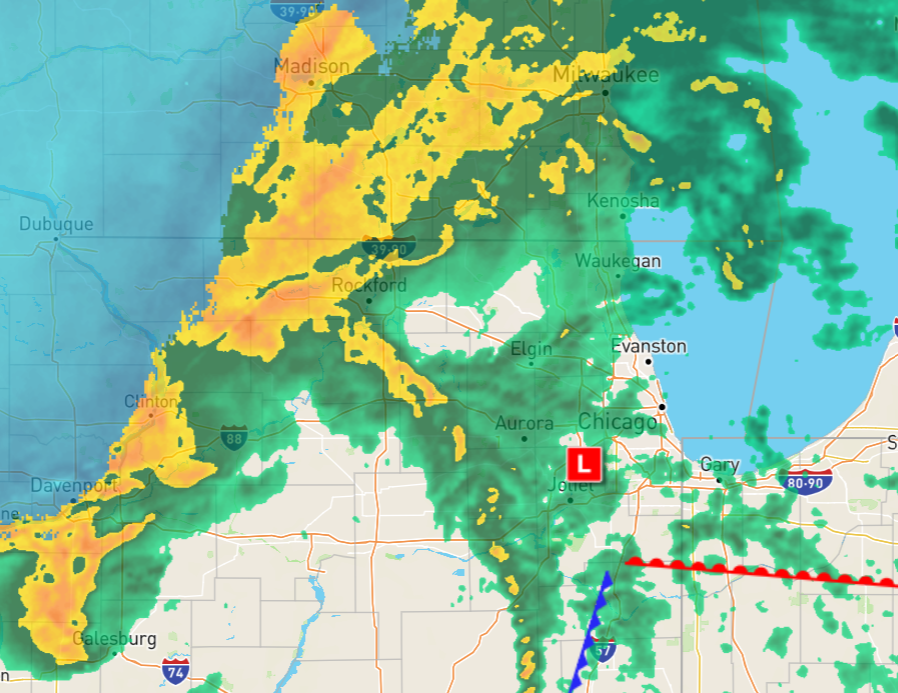
Rain, snow, wind, and general gloominess will trundle through Chicago over the next 36 hours or so, severely impacting Cassie's ability to get a full hour of walkies tomorrow. Poor doggie.
If only that were the worst thing I saw this morning:
- The XPOTUS called for an end to the war in Gaza, but without regard to the hostages Hamas still holds, irritating just about everyone on the right and on the left.
- Knight Specialty Insurance Company of California has provided the XPOTUS with the bond he needed to prevent the Manhattan District Attorney from seizing $175 million of his assets, which makes you wonder, what's in it for the insurer?
- Related to that, Michelle Cottle analyzes the Republican Party's finances and concludes that the XPOTUS is destroying them.
- These are the same Republicans, remember, who are threatening to block money needed to re-open the Port of Baltimore and replace the Key Bridge.
- Massachusetts US District Judge Allison Burroughs has ruled that a case against the private air carrier who flew migrants to Martha's Vineyard may proceed, and the case against the politicians who paid for the flight could come back with an amended complaint.
- Charles Marohn argues that cities using cash accounting, rather than accrual accounting, end up completely overwhelming future generations with debt they would never have taken on with an accurate view of their finances.
- But of course, the prevalence of the city-killing suburban development pattern in the US has an upside of sorts: everywhere you go in the US feels like home.
And after all this, does it surprise me that Mother Jones took a moment to review a book called End Times?
Getting ready for a work trip on Monday plus (probably) having to do a demo while on the work trip means I spent most of the day getting ready for the demo. In a bit of geography fun, because the participants in the demo will be in six different time zones from UTC-7 (me) to UTC+10 (the client), I got the short straw, and will (probably) attend the demo at 3:30 am PDT.
I say "probably" because the partners on the call may take mercy on me and let me brief them instead of monitoring the technology in the actual meeting. Probably not, though.
So in this afternoon's roundup of news and features, I'll start with:
- Teresa Carr's report in Undark explaining how people in "eccentric time localities" (i.e., on the western edges of time zones) experience negative effects that people east of them don't.
- President Biden's budget proposal includes a $350 million grant to extend the CTA Red Line.
- Senate Majority Leader Chuck Schumer (D-NY), the country's most-senior Jewish official, gave a scathing speech in the Senate this morning calling on Israeli Prime Minister Benjamin Netanyahu (Likud) to resign and hold elections. Josh Marshall puts this in context. (tl;dr: it's a big deal, and Schumer is really the only one in Congress with the heft and history with Israel to make this speech.)
- US Senator Robert Menendez (D-NJ), who faces 18 felony counts in Federal court, may run for re-election as an independent so that he can use his campaign funds to pay his legal bills. Why anyone would give him money to do this I cannot determine.
- Chevrolet and other car manufacturers routinely hand over data about how you drive to a company that then hands that data to your auto insurer, because the US does not yet have anything like the GDPR.
- Julia Ioffe outlines how Ukraine can (sort of) win against Russia if it can hold out until 2025.
- Hopewell Brewing and other Illinois craft brewers have started selling THC-infused beer, taking advantage of a loophole in both the state's brewing and cannabis laws.
I will now check the weather radar to see how wet I'm going to get on the way home...
For Reasons, we have the dress rehearsal for our Saturday performance on Saturday. That means poor Cassie will likely go ten hours crossing her paws between the time I have to leave and when I'm likely to get back. Fortunately, she should be exhausted by then. Tonight's dress rehearsal for our Sunday performance won't put her out as much, thanks to Dog Delivery from my doggy day care. Still, I'd rather have a quiet evening at home than a 3-hour rehearsal and an hour-long car trip home...
Meanwhile, in the world of things that appear to matter more but actually will matter less in a year...
Finally, perhaps the reason the Chicago Transit Authority has so many problems is that its governing board has only one member who actually understands public transit? (Welcome to Chicago: where the head of the CTA has a chauffeured car, and the head of the Chicago Teacher's Union sends her kids to private school.)
I went through the photos I took on my trip to Germany last week and put a couple of them through Lightroom.
Getting coffee in Viktualienmarkt:
.jpg)
A very practical car for city life in post-war Germany, the 1955 BMW Isetta:
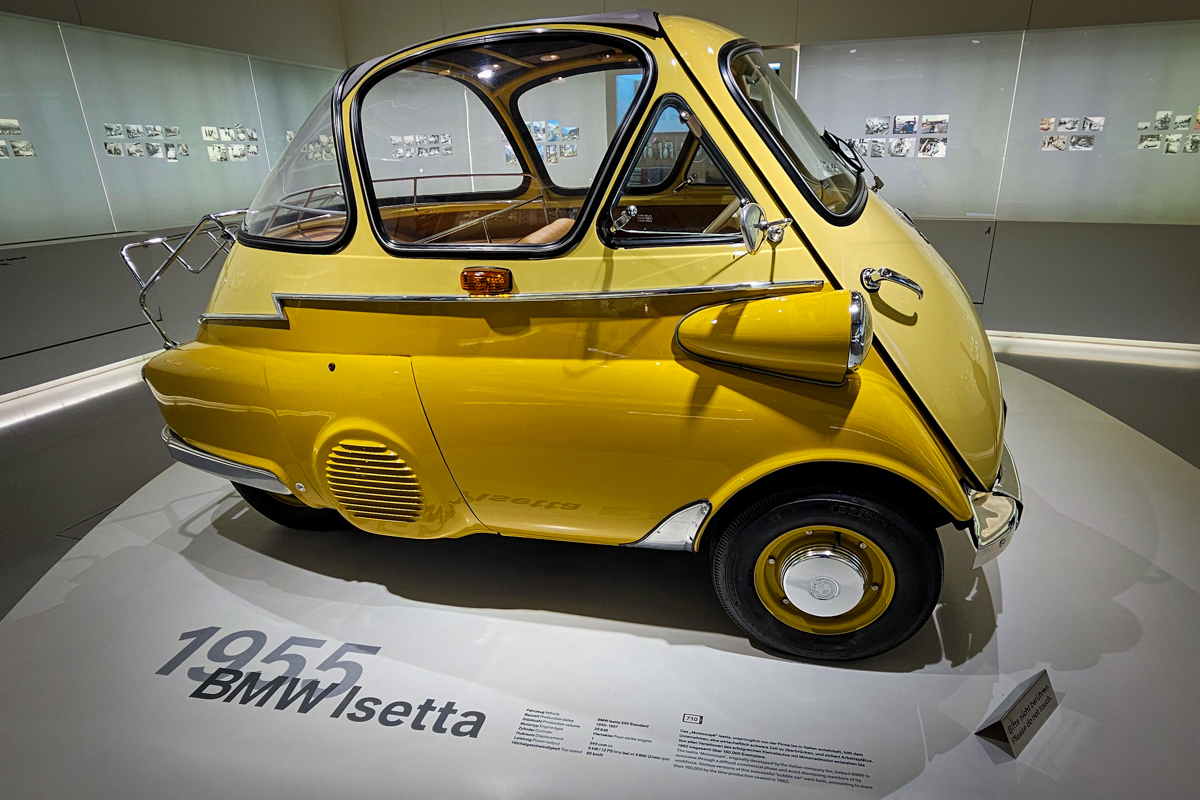
The Trödelmarktinsel, Nürnberg:
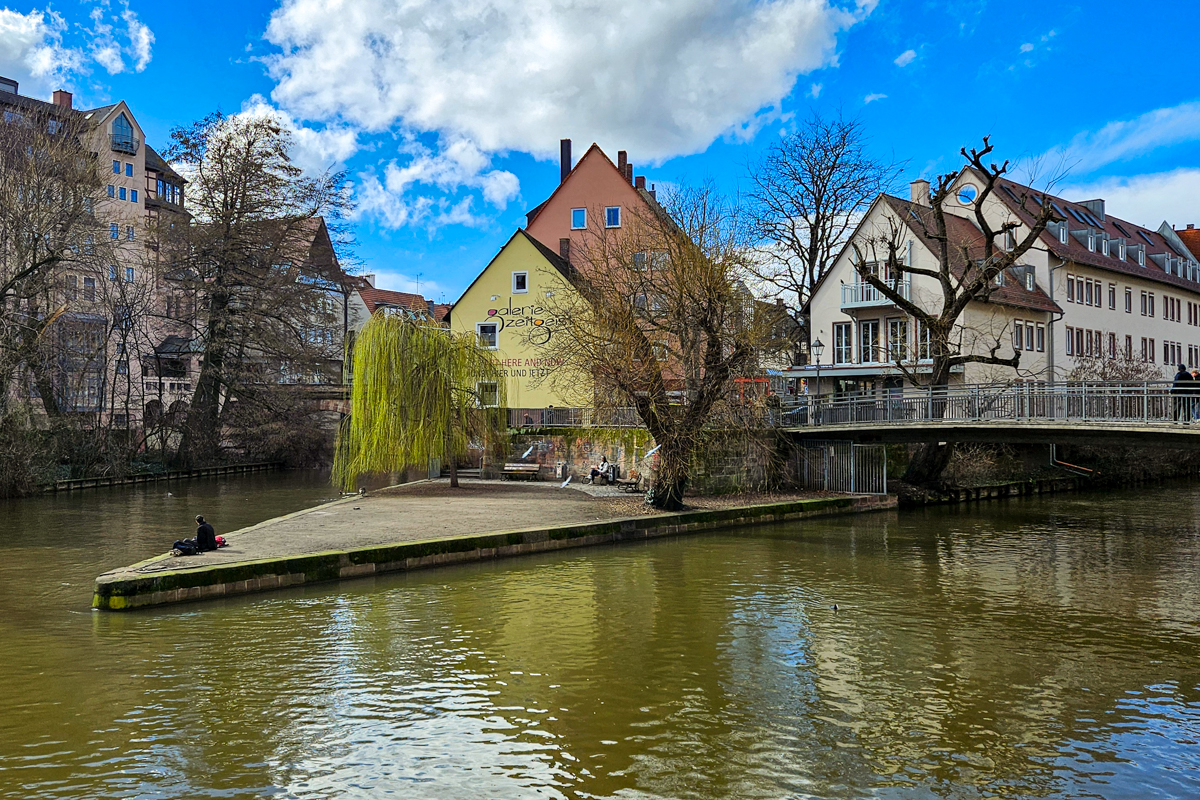
A better edit of my earlier photo of the main gate at Dachau:
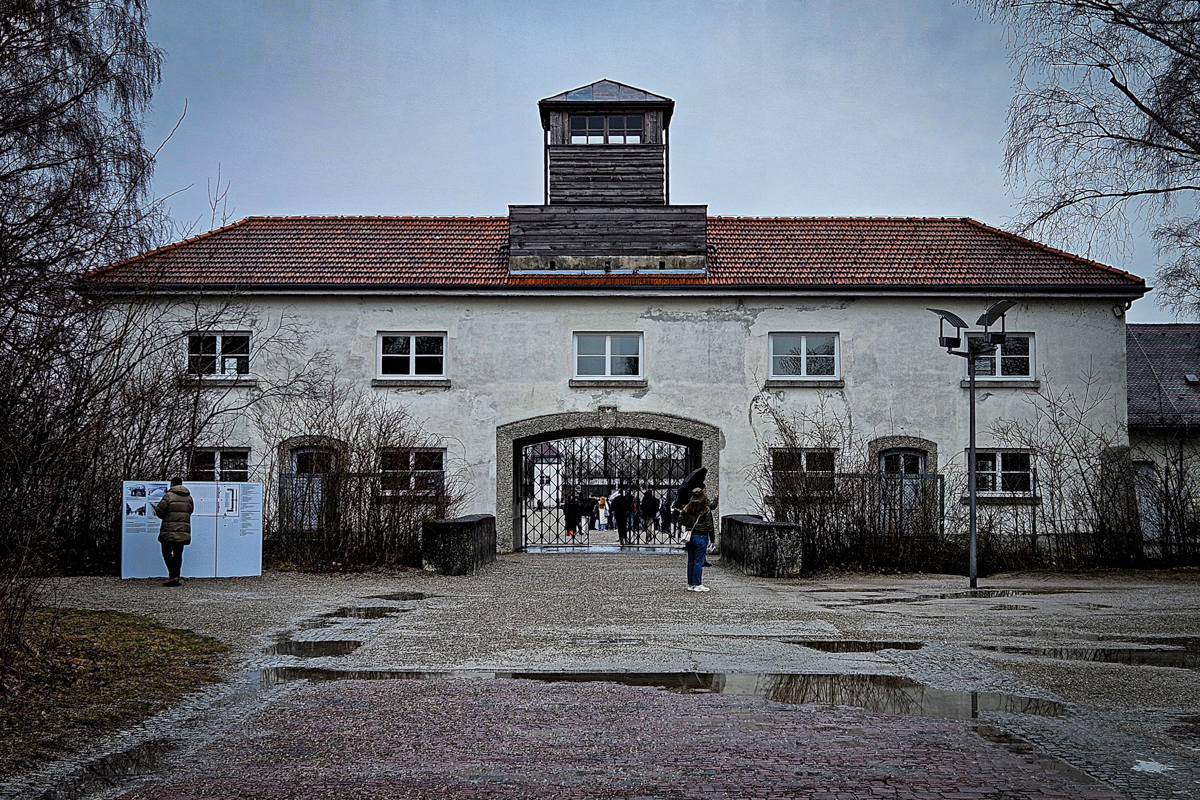
And finally, I had a really great view of the New York metro area on the flight home:
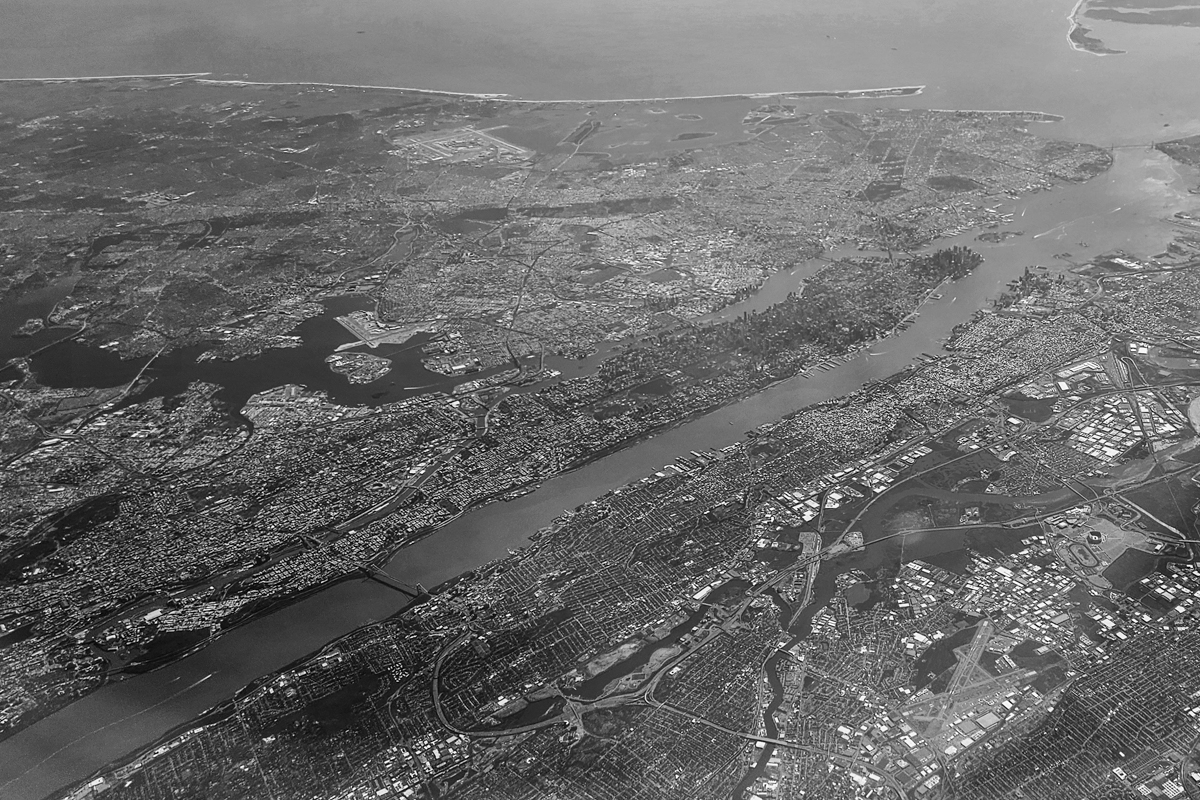
It's official: with two days left, this is the warmest winter in Chicago history, with the average temperature since December 1st fully 3.5°C (6.3°F) above normal. We've had only 10 days this winter when the temperature stayed below freezing, 8 of them in one week in February. This should remain the case when spring officially begins on Friday, even though today's near-record 23°C (so far) is forecast to fall to -6°C by 6am. And that's not even to discuss the raging thunderstorms and possible tornadoes we might get as an energetic cold front slices through tonight. By "energetic," I mean that the NWS predicts a drop by as much as 16°C (30°F) in one hour around 10pm.
Not to worry: it'll be 17°C by Sunday. (The normal high temperatures are 4.7°C for February 27th and 5.4°C for March 3rd; the records are 23.9°C and 26.7°C, respectively.)
Meanwhile, I don't have time to read all of these before I pack up my laptop tonight:
And now, back to getting ready for the Sprint 103 release. That's a lot of sprints.
New York Justice Arthur Engoron just handed the XPOTUS a $350 million fine and barred him and his two failsons from running a business in New York for years:
The decision by Justice Arthur F. Engoron caps a chaotic, yearslong case in which New York’s attorney general put Mr. Trump’s fantastical claims of wealth on trial. With no jury, the power was in Justice Engoron’s hands alone, and he came down hard: The judge delivered a sweeping array of punishments that threatens the former president’s business empire as he simultaneously contends with four criminal prosecutions and seeks to regain the White House.
Mr. Trump will appeal the financial penalty — which could climb to $400 million or more once interest is added — but will have to either come up with the money or secure a bond within 30 days. The ruling will not render him bankrupt, because most of his wealth is tied up in real estate.
Of course he'll appeal, but New York doesn't give him many grounds to do so. And given the scale of the fraud he perpetrated on the State, even this eye-watering sum will probably survive scrutiny from the appellate court.
In other news this afternoon:
Finally, the Tribune has a long retrospective on WGN-TV weather reporter Tom Skilling, who will retire after the 10pm newscast on the 28th.